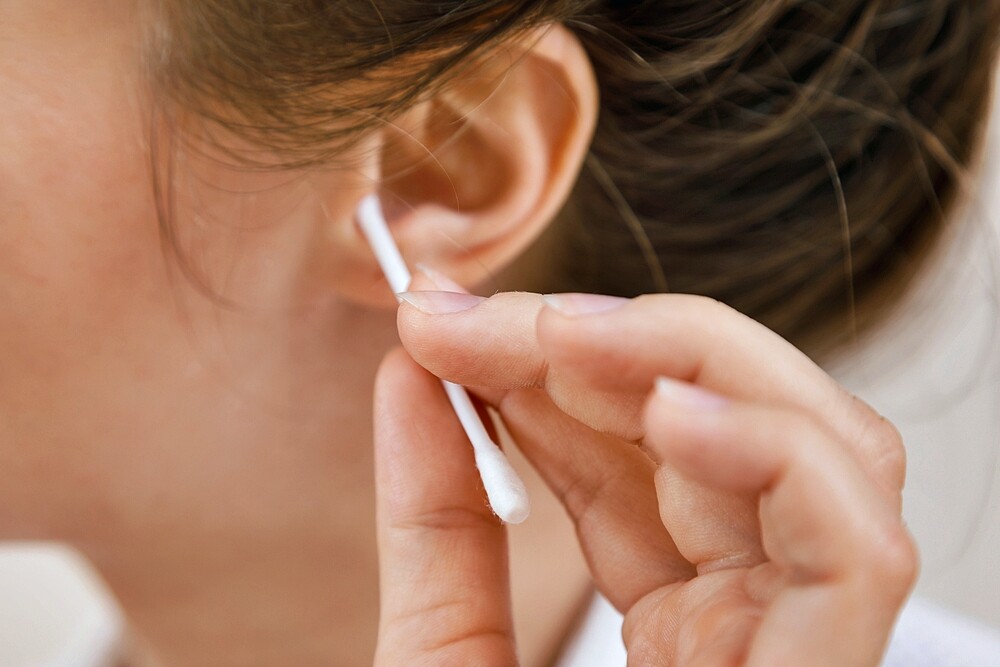Actually, the ears can clean themselves. But if you feel that you need to help, we will explain here how to clean your ears properly.
Why does earwax actually develop?
Earwax (“cerumen”) is probably perceived by most people as disgusting. But it fulfils important functions: Among other things, earwax consists of hair, dust and dead skin cells. And these waste products of the body are transported out of the ear by the earwax. In addition, it cares for the ears and moistens the auditory canal – its waxy consistency protects the sensitive ear from drying out and thus also from itching. Earwax is therefore a central part of the ear’s self-cleaning process.
When should I do it myself?
Sometimes the body produces too much earwax – or the self-cleaning of the ear is disturbed by other causes. This can cause a plug to form in the ear canal, which not only feels uncomfortable but also makes it harder to hear in the affected ear. Under no circumstances should you now try to remove the plug yourself, for example by poking around in the ear with narrow, pointed objects. The risk of damaging the sensitive skin in the ear canal or the eardrum during cleaning is far too great. Only an ear, nose and throat specialist should do this.
Keep your hands off the cotton swabs!
A popular method for cleaning ears is the use of cotton swabs. However, it is also better to avoid this: Even if the tip of the cotton swabs is soft, they only push existing earwax deeper into the ear canal. In the worst case, this can cause ear pain or a plug.
Cleaning ears: These methods help
Of course, you don’t have to go to the ENT doctor every week if you feel that too much earwax has accumulated and your hearing is impaired. There are gentle household remedies that you can use to try to clean your ears. For example, if there is only a little earwax on the auricle, it can be dabbed off with a damp cloth. If you want to try to remove the secretion from the ear yourself, you can test these possibilities:
- Warm water: The easiest way is to gently pour some body-warm (not hot!) water into the ear. This liquefies the cerumen, making it easier to dab.
- Chewing: Sounds weird, but chewing movements of the jaw automatically push earwax towards the ear exit. So it can help to clean your ears by simply grinding your jaw a little and making chewing movements when you want to clean your ears.
What about ear candles?
A well-known alternative method of cleaning the ears is the use of ear candles (also known as Hopi candles). However, hot wax can damage the sensitive skin in the ear canal – so keep your fingers off!

